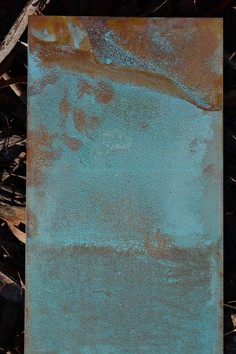Gallery 2: John Hart
27 nov. 2020 — 23 jan. 2021
Gallery 2: John Hart
27 nov. 2020 — 23 jan. 2021

Image: John Hart, 631P1 tubee, watercolour and pencil on paper. 56 x 38cm
Image: John Hart, 631P1 tubee, watercolour and pencil on paper. 56 x 38cm
Gallery 2: John Hart
27 nov. 2020 — 23 jan. 2021
Canberra based artist John Hart’s works have increasingly been informed by his interest in science, and particularly with trying to render beautiful - or to make engaging - scientific concepts which are fascinating, but often counter intuitive or obtuse.
Recently Hart has become fascinated with the electronics of household sound systems. Each time a radio, or Hi Fi system, or guitar amplifier is switched on, people are unwittingly engaging with literally thousands of small electronic components which work behind the scenes, unnoticed and unrecognised, but which allow them to live in the digital age.
Capacitors, resistors, transistors, voltage dividers and multipliers - the list goes on. Plates of etched copper populated with hundreds (if not thousands) of incredibly tiny pieces of silicon, and other conductive or resistive substances, which take an electronic signal and transform it into the sound waves which people interact with. This remarkable fact, and the science of electrical engineering, must rank as one of the most useful sciences in the daily lives of the general public, while remaining one of the most ill-understood.
The components in these particular paintings are rarely used in modern electronics, with the exception of some amplification systems. With these paintings Hart hopes to share their beauty with those who would not come across them in the usual course of their lives.
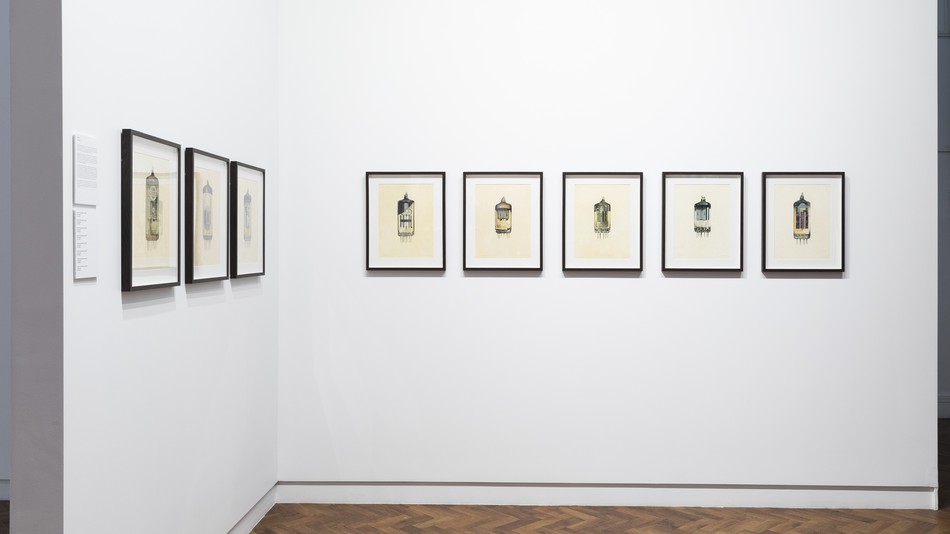
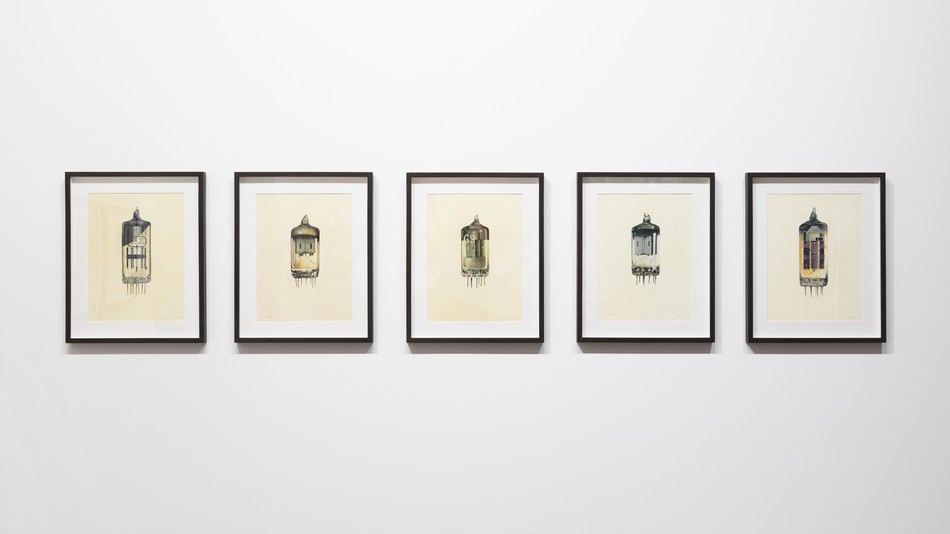
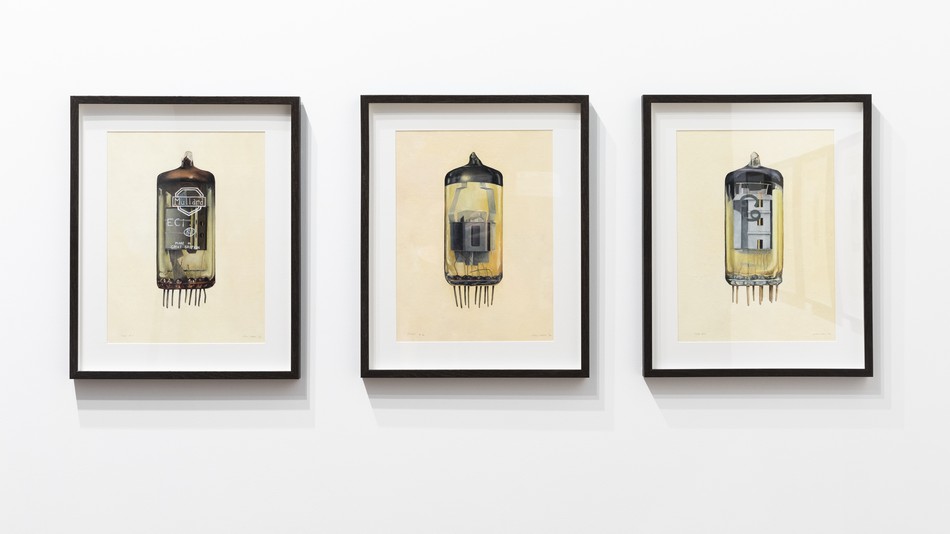
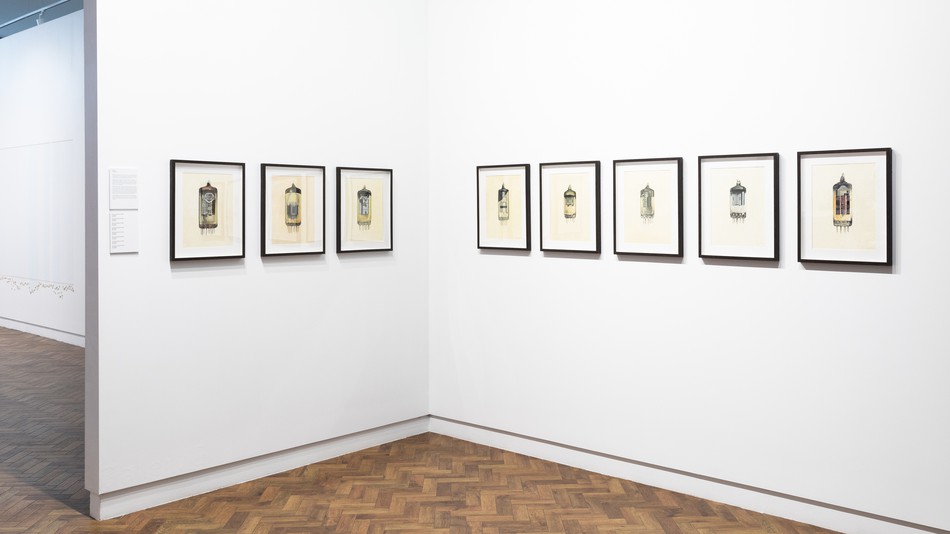
4
Image: John Hart, 631P1 tubee, watercolour and pencil on paper. 56 x 38cm
Gallery 2: John Hart
27 nov. 2020 — 23 jan. 2021
Canberra based artist John Hart’s works have increasingly been informed by his interest in science, and particularly with trying to render beautiful - or to make engaging - scientific concepts which are fascinating, but often counter intuitive or obtuse.
Recently Hart has become fascinated with the electronics of household sound systems. Each time a radio, or Hi Fi system, or guitar amplifier is switched on, people are unwittingly engaging with literally thousands of small electronic components which work behind the scenes, unnoticed and unrecognised, but which allow them to live in the digital age.
Capacitors, resistors, transistors, voltage dividers and multipliers - the list goes on. Plates of etched copper populated with hundreds (if not thousands) of incredibly tiny pieces of silicon, and other conductive or resistive substances, which take an electronic signal and transform it into the sound waves which people interact with. This remarkable fact, and the science of electrical engineering, must rank as one of the most useful sciences in the daily lives of the general public, while remaining one of the most ill-understood.
The components in these particular paintings are rarely used in modern electronics, with the exception of some amplification systems. With these paintings Hart hopes to share their beauty with those who would not come across them in the usual course of their lives.




4
